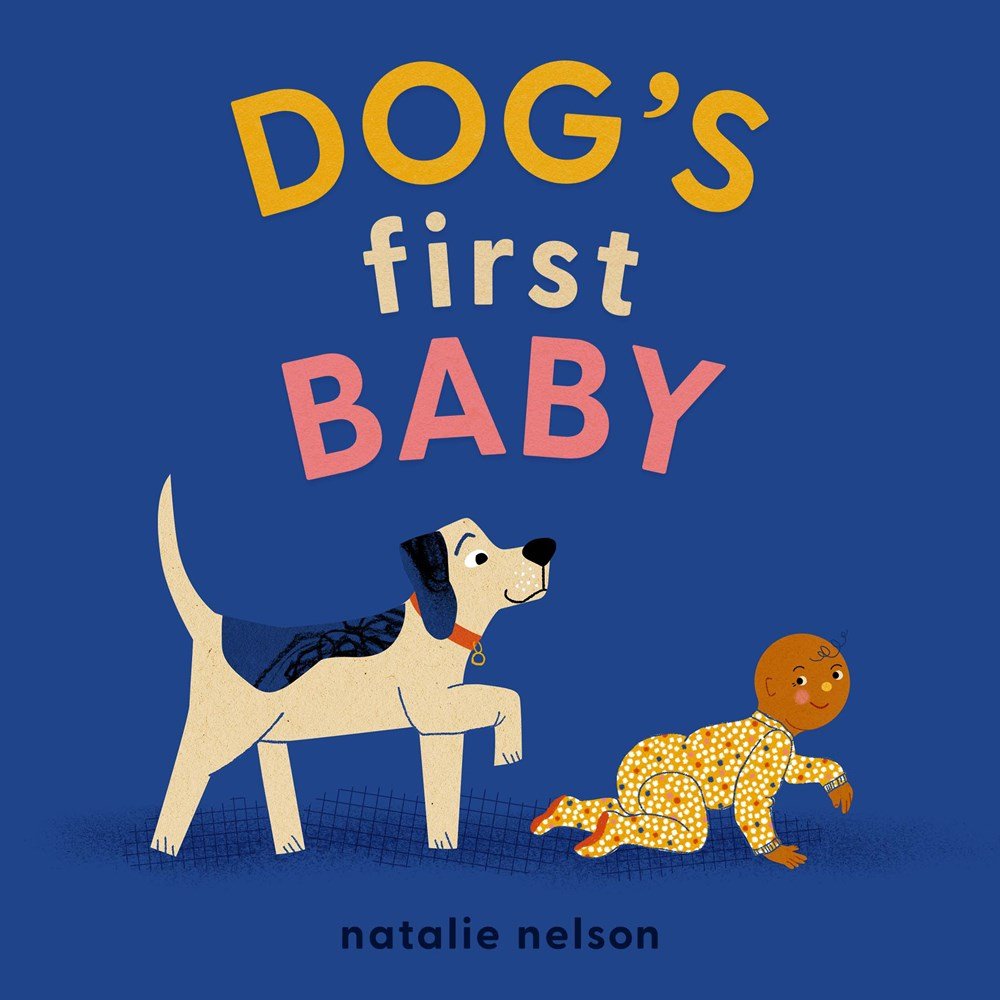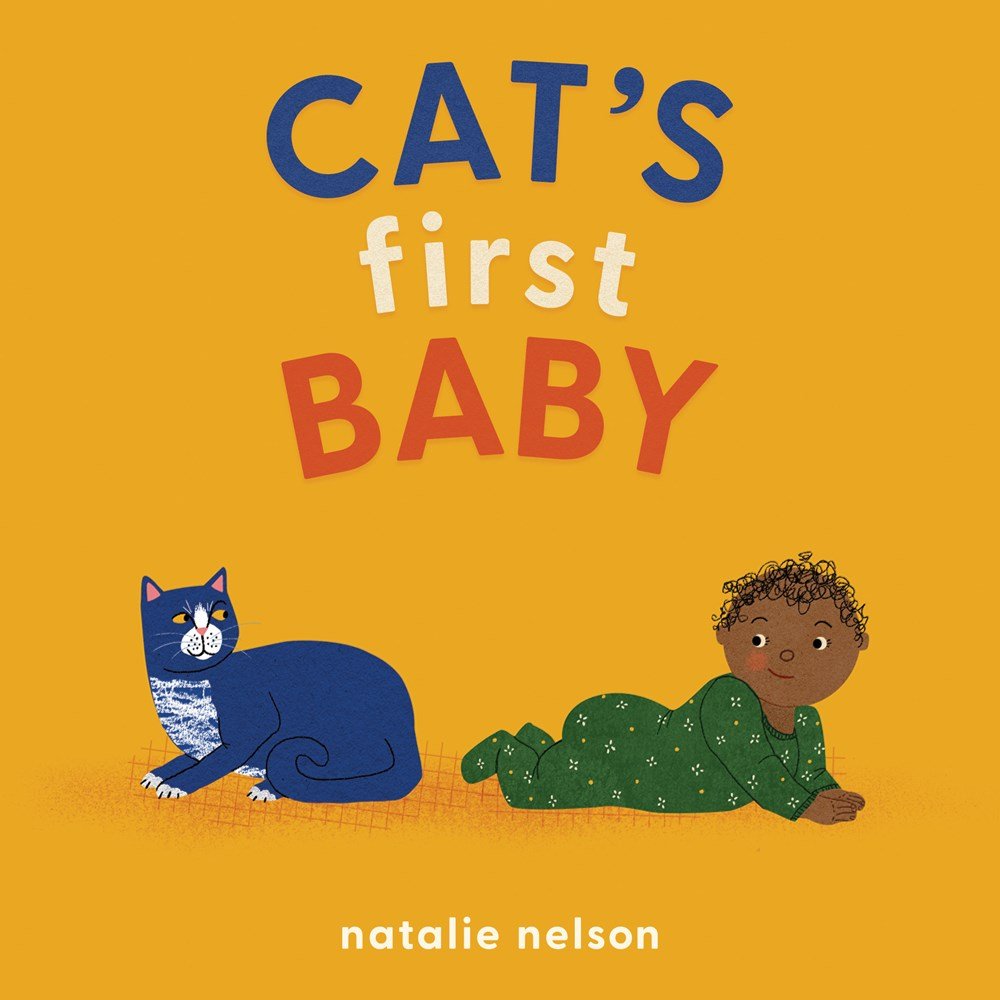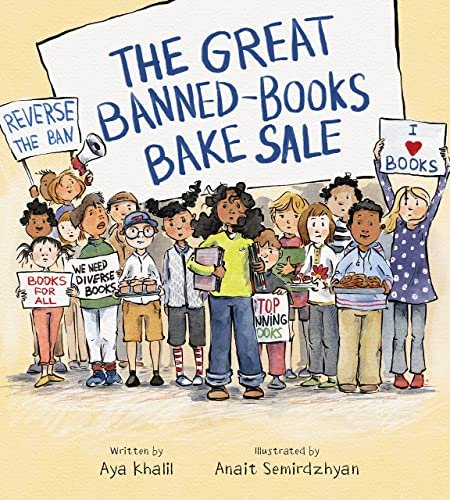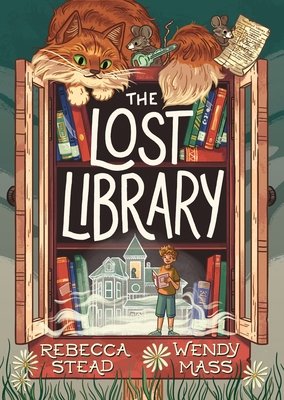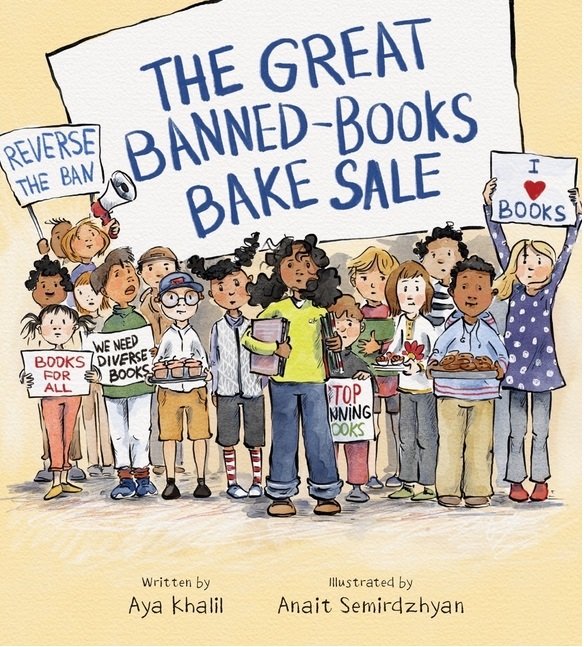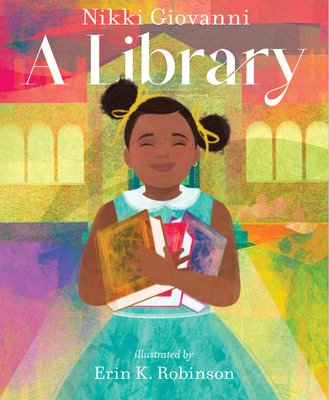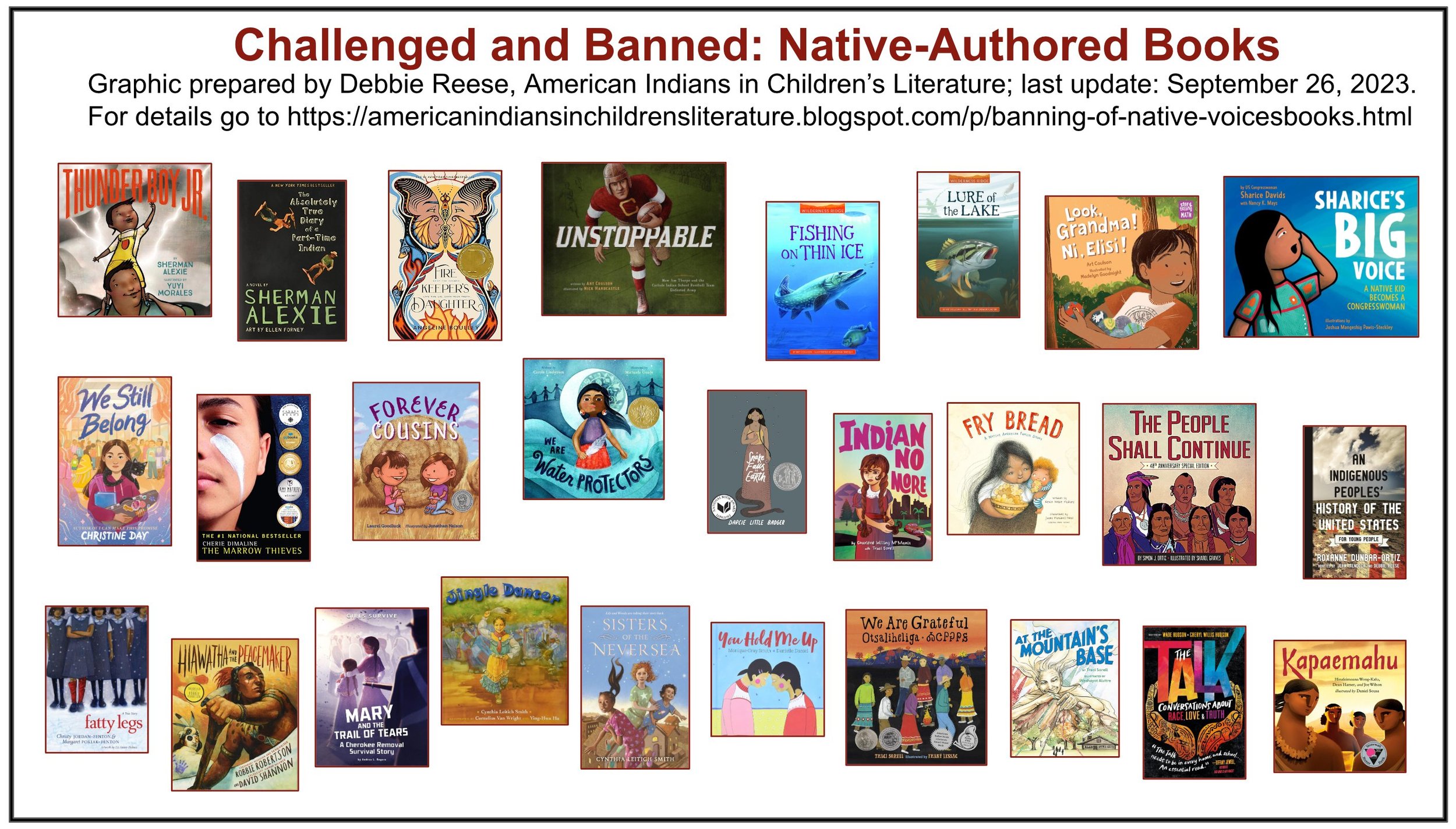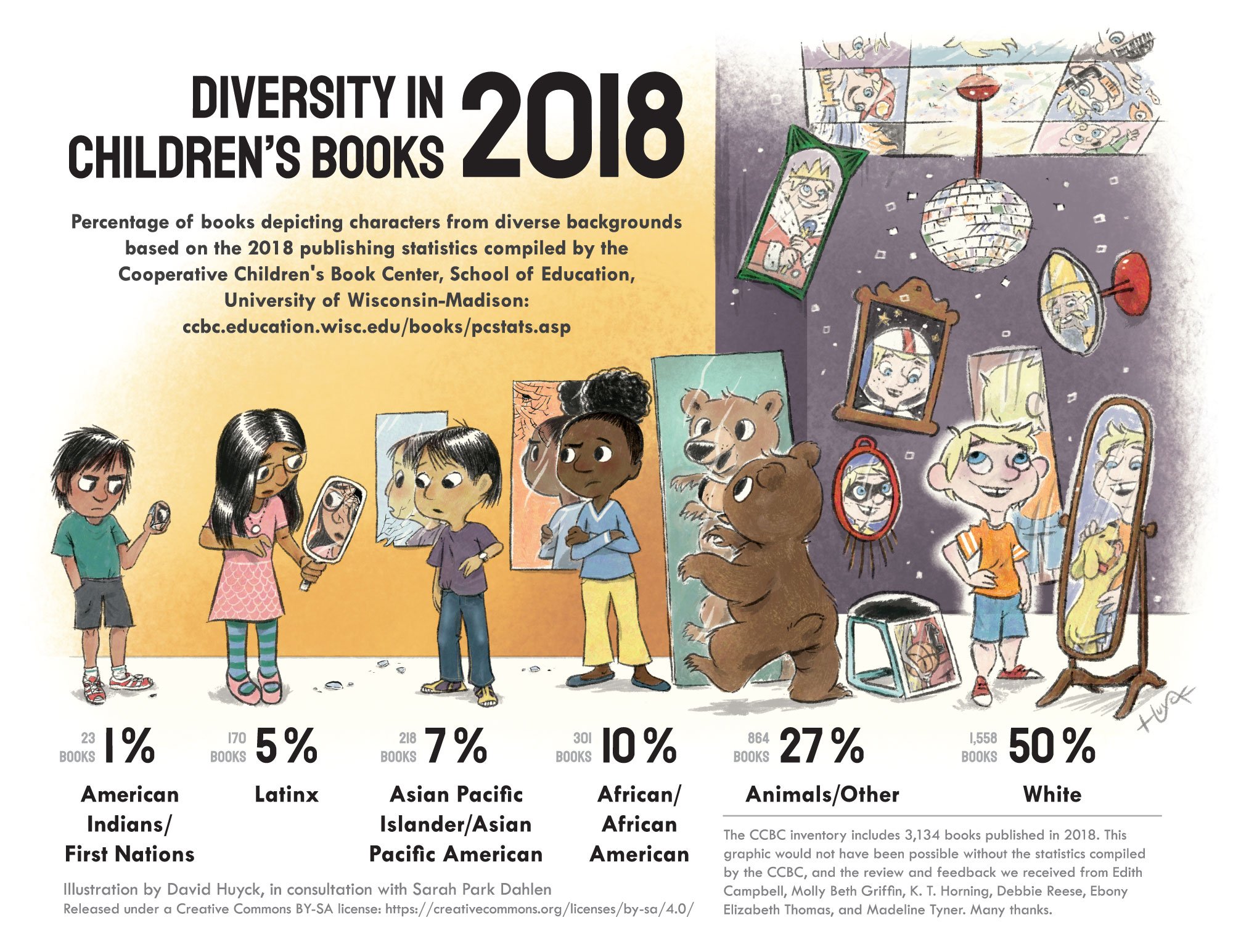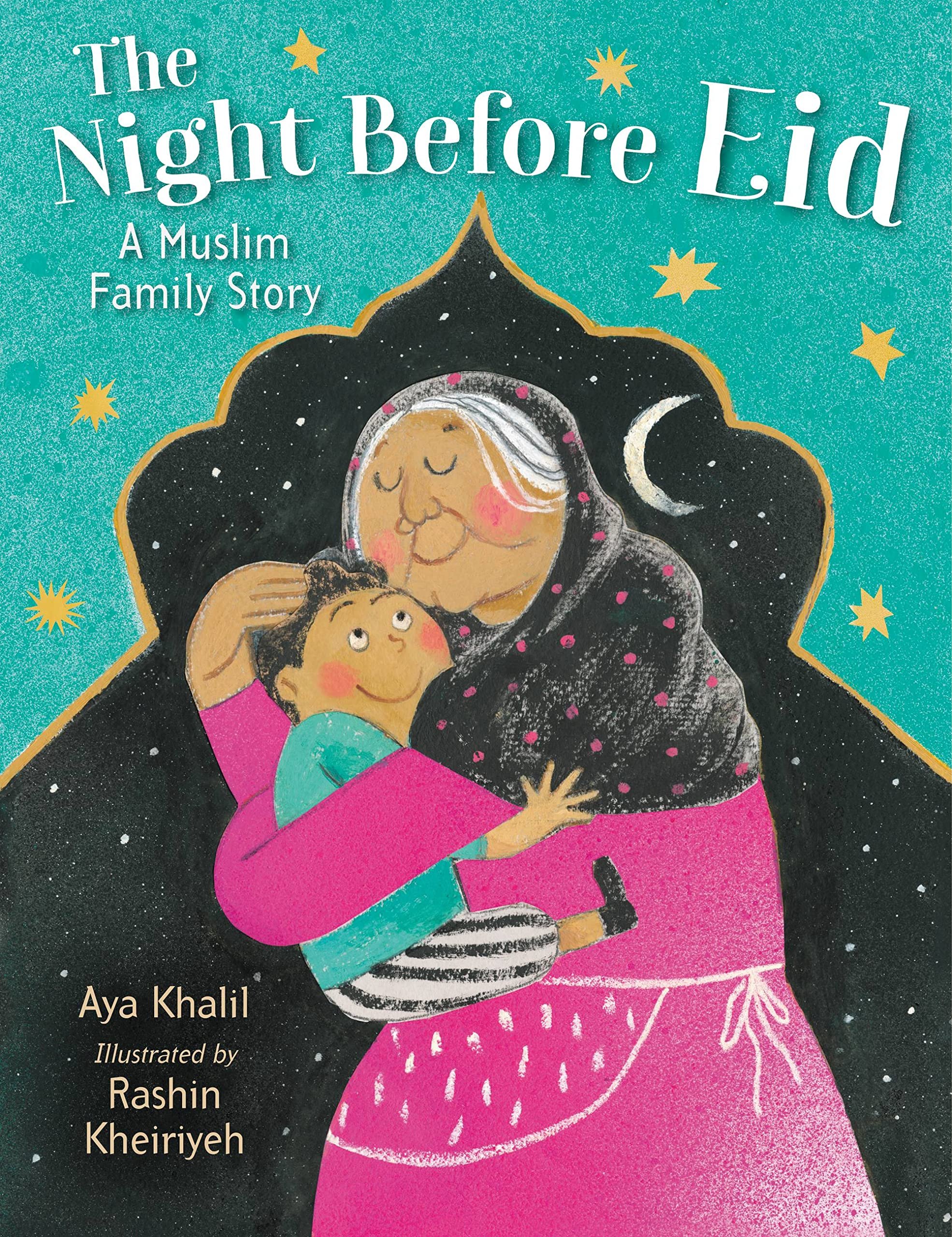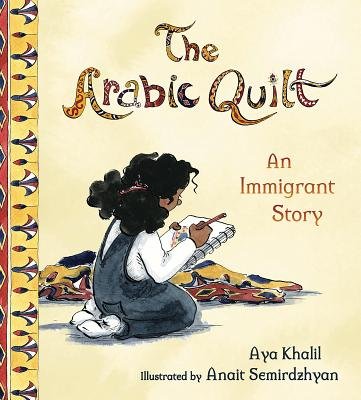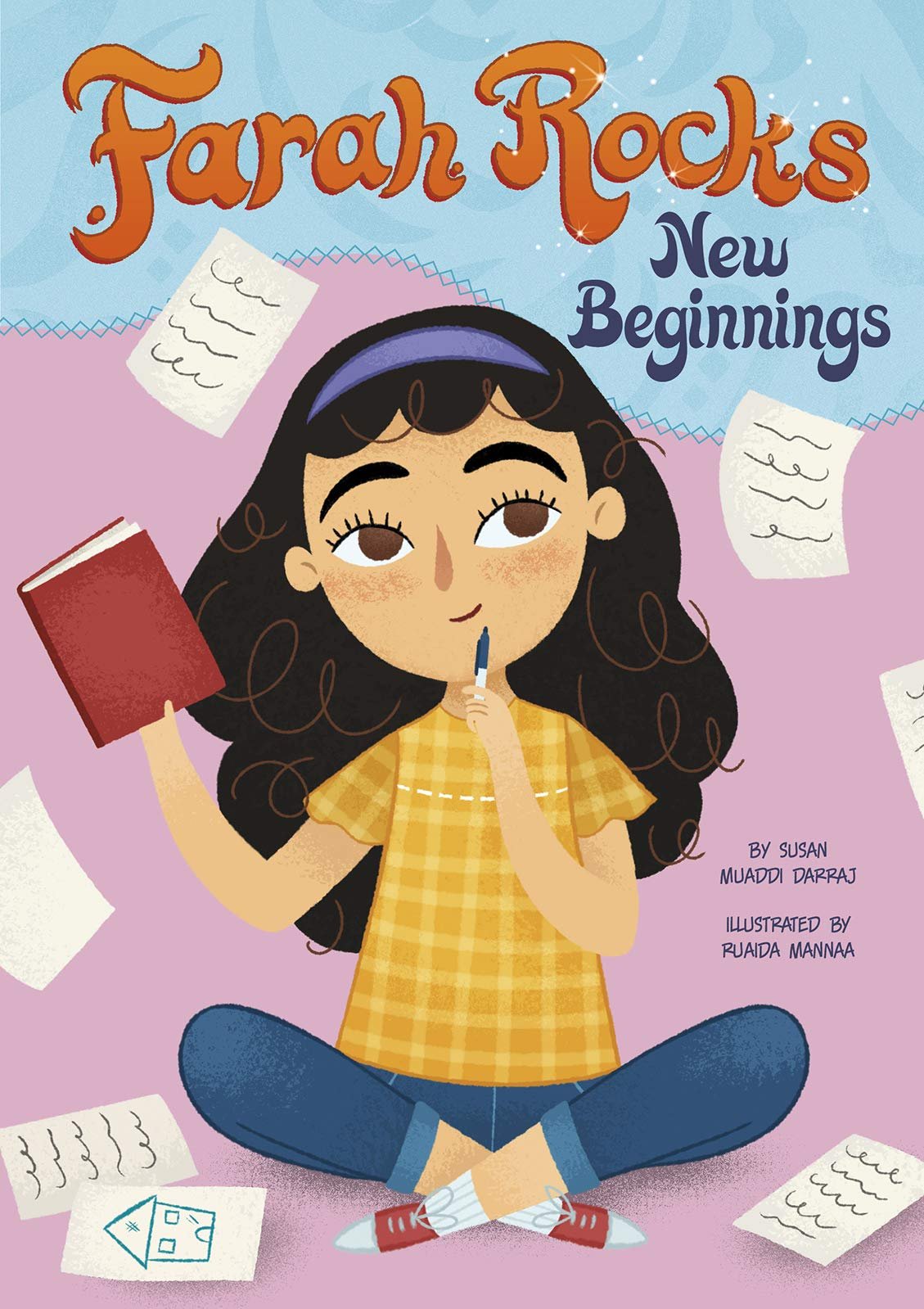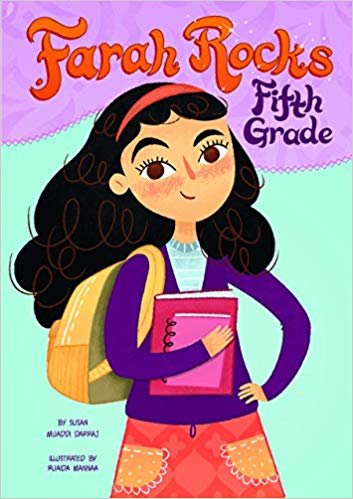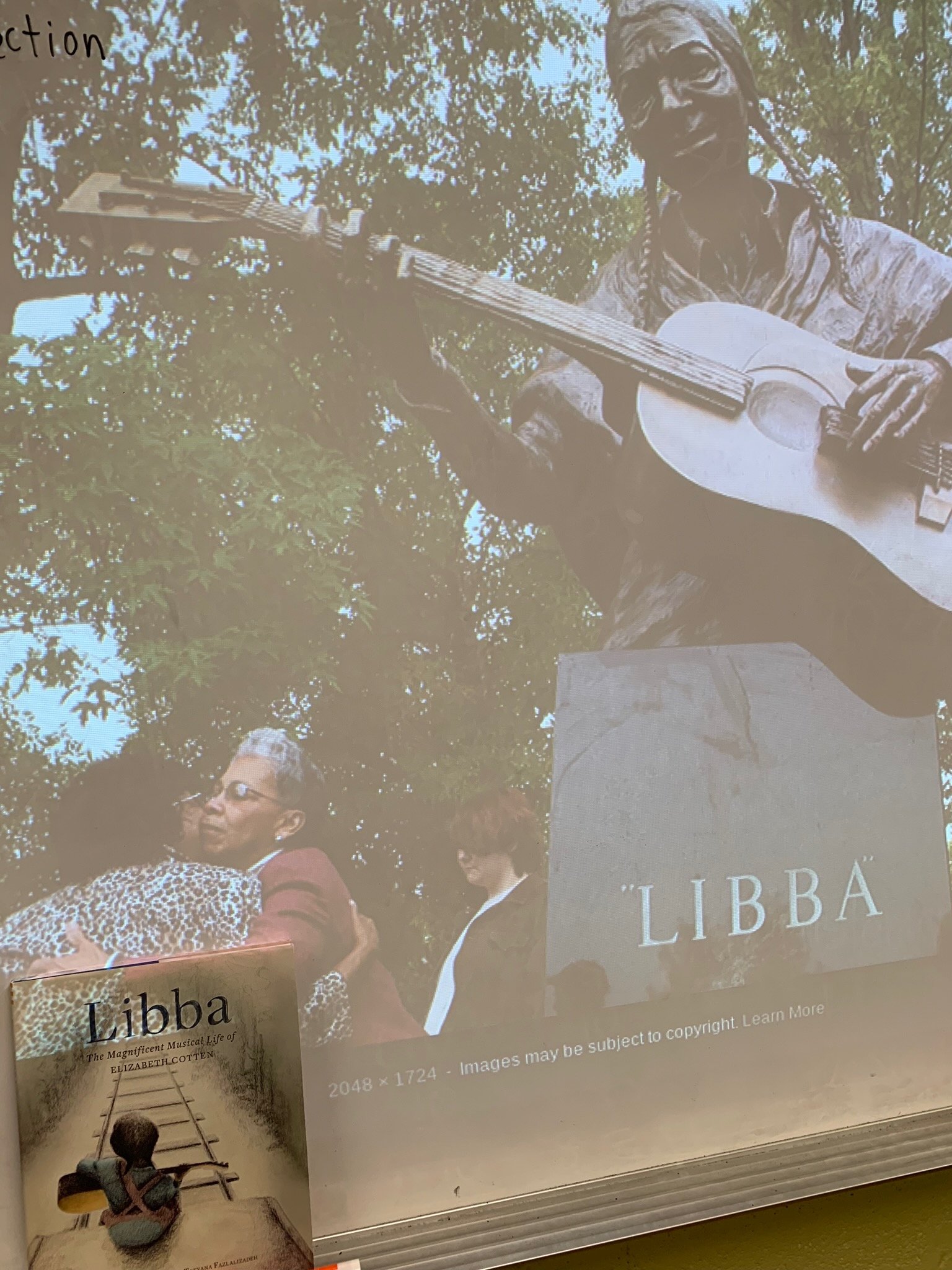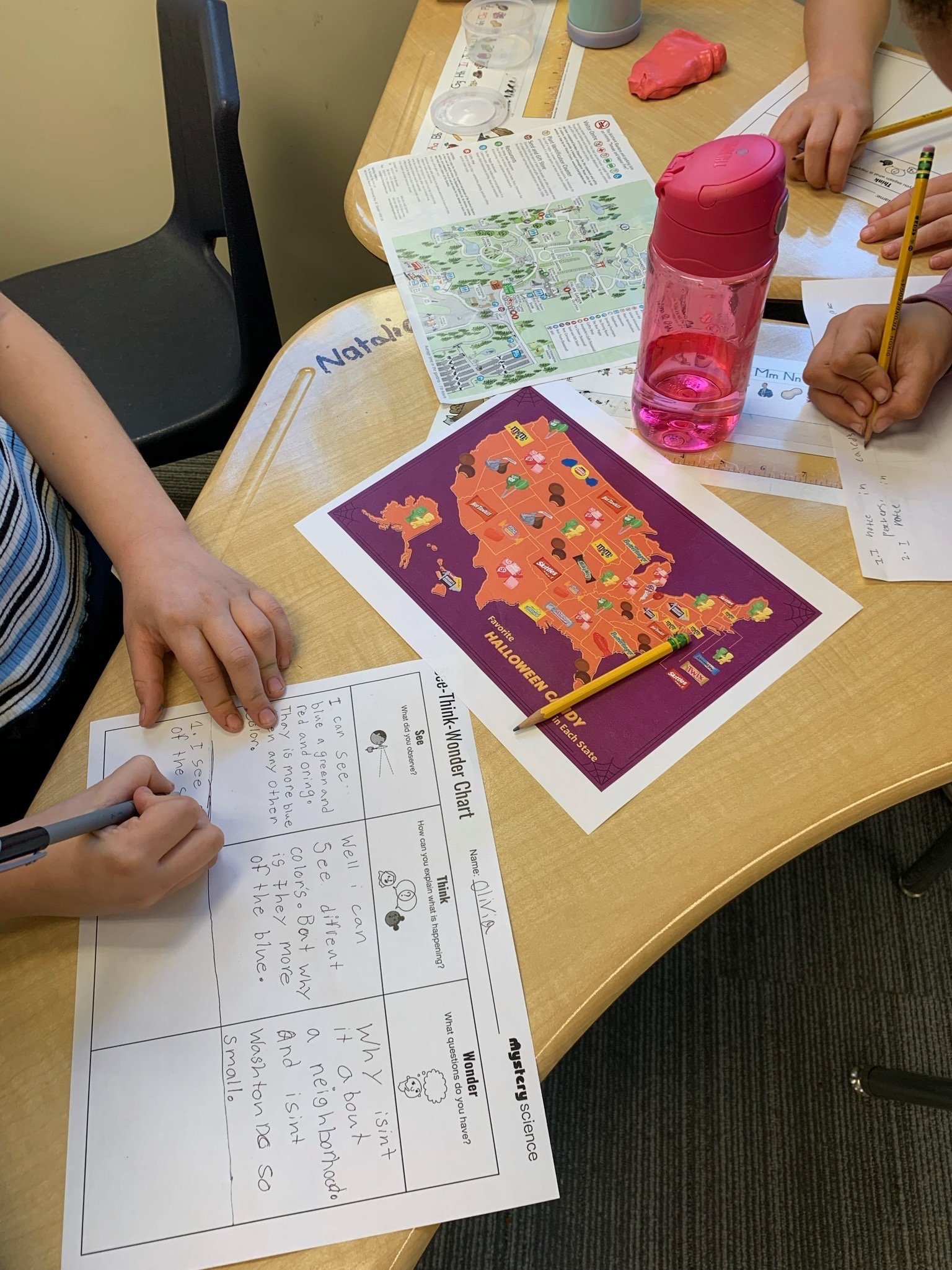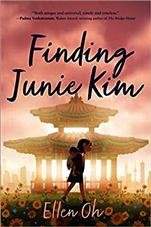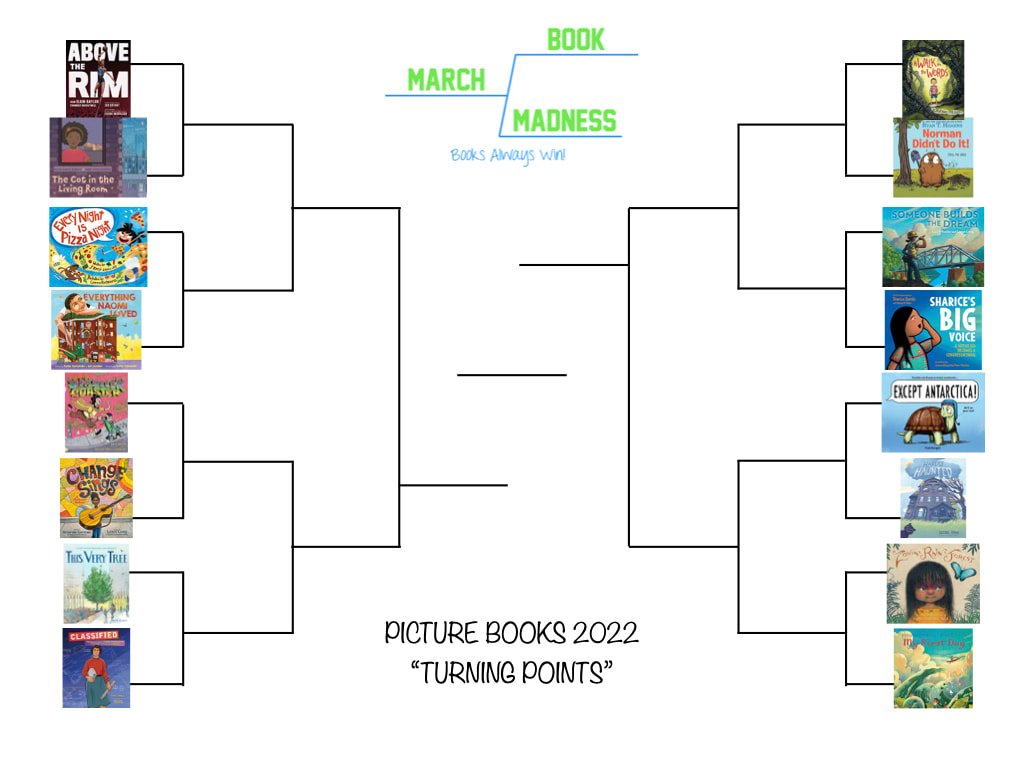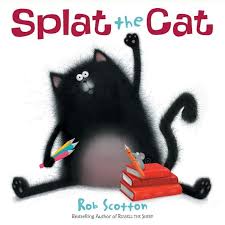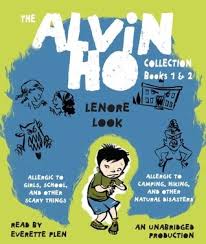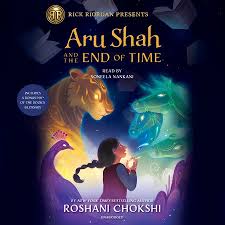23 Books to read (and gift) in 2023
For the littlest ones (babies/toddlers!):
1. How We Eat by Shuli de la Fuente-Lau - we love food in our families (and together as a duo)! This book nails it for us for the content and especially for the inclusion, the real photos of sweet kiddos and their diverse families enjoying food in so many ways. This one is fantastic for the baby who is enjoying looking at faces AND will be fun and has tons of content to talk about together for years to come. (The 4 year old has this book memorized and went through a phase where he read it almost every day before bed!)
2. Dog’s First Baby/ Cat’s First Baby by Natalie Nelson - We were gifted these last holiday season and I love them. POC mamas, cute brown little babies, simple images, simple text that delivers and adorable message. Refreshing from what has been out in the board book market and a great gift for the families you know with pets!
3. Mama Loves You So by Terry Pierce - board books that nail tempo, loving messages, and provide enjoyment for adults too are gold standard. This one always hits right with me when I read it to my little. It’s not too long and it also lands in POC single mama rep if you are looking for that, too!
4. A Beautiful House for Birds by Grace Lin - a board book that includes Math/STEM AND has a fun/relatable story? Clearly, only Grace Lin could pull this off. The Math tie is about patterns and problem solving, so very age appropriate.
Picture books (these works as gifts for really any age):
5. Let’s Do Everything and Nothing by Julia Kuo - got this for two of my single mama by choice friends and they both loved it. It is my current favorite single mama rep <3, so important.
6. The Surprise by Zadie Smith and Nick Laird. Disclaimer-- I love Zadie Smith. This picture book she created with her husband (illustrator) is weird and an acquired taste (a hamster who loves martial arts), but hey, I am weird and I enjoyed how it was different from the slew of picture books I typically see/read.
7. My Name by Supriya Kelkar - Nina has already recommended this one as it is just that great of a book! Beautiful, relatable, and engaging for readers of all ages, especially those who have felt marginalized in the past.
8. I’m From by Gary Gray Jr and illustrated by Oge Mora - another one that was on Nina’s back to school new books list for good reason! Gorgeous illustrations and message. Really would be a wonderful gift for anyone you know!
9. The Great Banned Books Bake Sale by Aya Khalil - the last one that was on Nina’s back to school new books list for obvious reasons. We are huge Aya Khalil fans and have loved and used all of her books. This one is sadly more and more relevant to kids today and also a good reminder that we have agency and can always speak up and take action.
Early Reader:
10. I have been revisiting Kate DiCamillo books especially the Deckawoo drive crew (My personal favorite is Eugenia Lincoln and the Unexpected Package with close runner up being, Where are you going, Baby Lincoln? and The Magician’s Elephant, Edward Tulane etc. Raymie and Louisa and all her books from each girls’ perspectives are also so beautifully written. Kate really pokes at the push and pull of connectedness and loneliness as part of the human experience and I love her for that (and for our kiddos). If you haven’t done a Kate DiCamillo deep dive, I highly recommend it. If you don’t believe me, you can read Ann Patchett’s essay from her new essay collection, These are the days and find the one entitled “Reading Kate DiCamillo”. She’ll convince you!
11. Heartwood Hotel by Kallie George- this is a series so maybe cheating to only count it as one book! But it’s such a sweet story and achieves the unicorn status of excellent writing maintained through the series while still being an early reader level. Highly recommend, great for reading aloud too.
Middle Grade:
12. Frizzy by Claribel A. Ortega - this graphic novel was highly recommended to me by a 5th grader so can’t really argue with that. I love the representation and the message about learning to love your hair.
13. Duel by Jessixa Bagley - yes, another graphic novel, but I couldn’t help myself as this one is just so great - brown sisters who fence? Say no more.
14. The Lost Library by Rebecca Stead and Wendy Mass - this book almost seems too good to be true as we are both huge Rebecca Stead fans and she is teaming up with Wendy Mass? With a ghost, cat, and library? So much to love.
Young Adult:
15. Imposter Syndrome and Other Confessions of Alejandra Kim by Patricia Park - this one also came highly recommended and has so much going for it! It’s a perfect book for high schoolers and as private school teachers we are always here for stories about students who feel alienated by their school settings. This book tackles hard topics with a beautiful tone and story.
16. We Are All So Good at Smiling by Amber McBride - magical realism, fantasy, mental health, poetry and more (extra gorgeous cover) all in one book!
17. Where You See Yourself by Claire Forrest - coming of age, romance, and disability representation - please gift this book to anyone in your life who is thinking about next steps after high school.
Adults:
18. Women Without Shame: Poems by Sandra Cisneros - beautiful poems by the one and only Sandra Cisneros.
19. These Precious Days: Essays by Ann Patchett - beautiful essays by Ann Patchett. Please gift to an unexpected friend! Essays and poems are great gifts for people who don’t have a lot of time to read as they can be enjoyed in tiny bursts.
20. Tomorrow, Tomorrow, Tomorrow by Gabrielle Zevin (at least so far!) is a super fun read and perhaps worth the buzz!? (Goodreads choice award 2023 and so many more awards.) Give it to anyone who loves reading!
Grandparents (we love you, but find you hard to shop for - we can only give you so many photo themed gifts!):
21. Drawn Together by Minh Lê is such a beautiful book on so many levels. We have recommended it to everyone we know and think it would be such a beautiful gift for anyone, but especially a beloved grandparent.
22. A Grand Day by Jean Reidy is another gorgeous picture book that celebrates grandparents (and all kinds of families) in the loveliest way.
23. Global Baby Grandparents by Maya Ajmera - if you don’t know the Global Babies series, run to the bookstore and discover it! Who doesn’t love photos of babies? Add loving grandparents to the mix, and it gets even cuter. Both of my (Nina’s) babies loved these books as the photos of babies/people really intrigue them.
Happy reading and gift giving!

